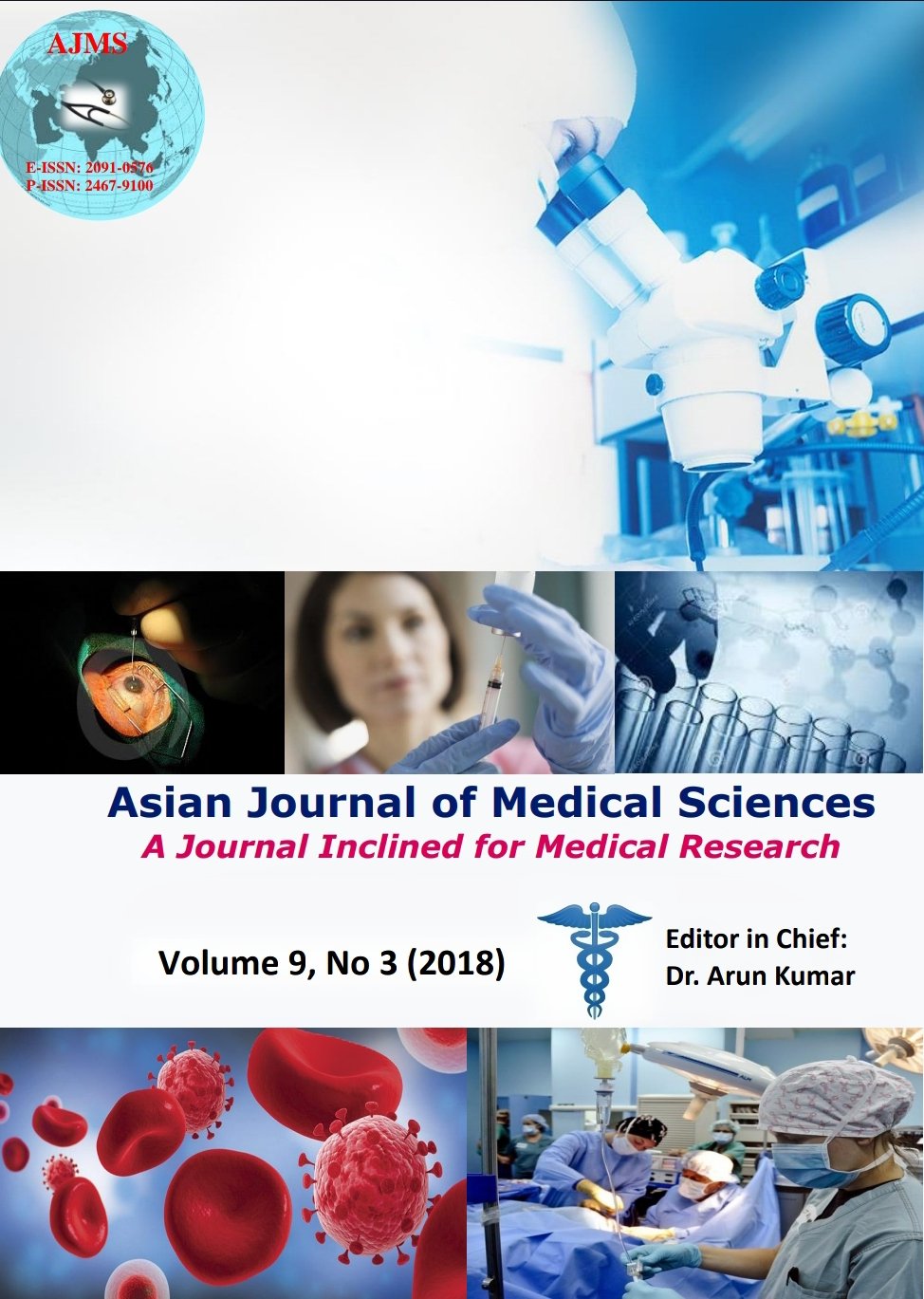Genetic Variation and Population structure: A study on four populations of Tripura, North East India
Keywords:
ABO, RhD, HP, Tripura, Fst, Genetic differenceAbstract
Back Ground: Genetic polymorphisms of ABO and RhD blood group and Haptoglobin (HP) types have already been widely used to understand variation and population structure. The present study attempted to understand the variation and population structure on the basis of ABO and RhD blood group polymorphisms and Haptoglobin (HP) as serum protein polymorphism of four Tibeto-Burman speaker groups considered as aboriginal tribes of Tripura. Genetic studies on populations in north-east Indian have been performed less frequently than in the other parts of India, in spite of diversity among these populations.
Aims and Objective: Best of the knowledge the present study is the first attempt on the variation and population genetic structure concerning the ABO, RhD and HP polymorphism of the four endogamous populations – Tripuri, Hrangkhawl, Rupini and Kolui tribal population of Tripura.
Materials and Methods: Present study consisted of four hundred (400) participants 100 each from above mentioned population groups. ABO and RhD blood groups were done by antigen-antisera agglutination test and HP types were ascertained by Polyacrylamide Gel Electrophoresis (PAGE) following standard techniques. Allele frequencies and Fst were calculated by using standard method.
Results: Examination on ABO blood group revealed higher O allele among the two groups Tripuri and Hrangkhawl followed by A and B alleles. Among the other two groups, Rupini and Kolui, revealed higher A allele and B allele respectively. Higher D allele frequency in the RHD Blood group system has been found for each of the population group. On the other hand, Serum protein marker - HP types demonstrated higher HP*2 allele frequency than HP*1 alleles. Calculated very low Fst value (0.02-0.08) of three polymorphic markers (ABO, RhD and HP) were suggestive for low differentiation among these groups, indicating less admixture and prevailing endogamous nature of these population.
Conclusion: Very low Fst values of three polymorphic markers were suggestive for low differentiation among these groups, indicating least admixture and prevailing endogamous nature of these population. The overall genetic difference revealed highest distance between Tripuri and Hrangkhwal and least distance between Rupini and Kolui.
Asian Journal of Medical Sciences Vol.9(3) 2018 46-49
Downloads
Downloads
Published
How to Cite
Issue
Section
License
Authors who publish with this journal agree to the following terms:
- The journal holds copyright and publishes the work under a Creative Commons CC-BY-NC license that permits use, distribution and reprduction in any medium, provided the original work is properly cited and is not used for commercial purposes. The journal should be recognised as the original publisher of this work.
- Authors are able to enter into separate, additional contractual arrangements for the non-exclusive distribution of the journal's published version of the work (e.g., post it to an institutional repository or publish it in a book), with an acknowledgement of its initial publication in this journal.
- Authors are permitted and encouraged to post their work online (e.g., in institutional repositories or on their website) prior to and during the submission process, as it can lead to productive exchanges, as well as earlier and greater citation of published work (See The Effect of Open Access).




